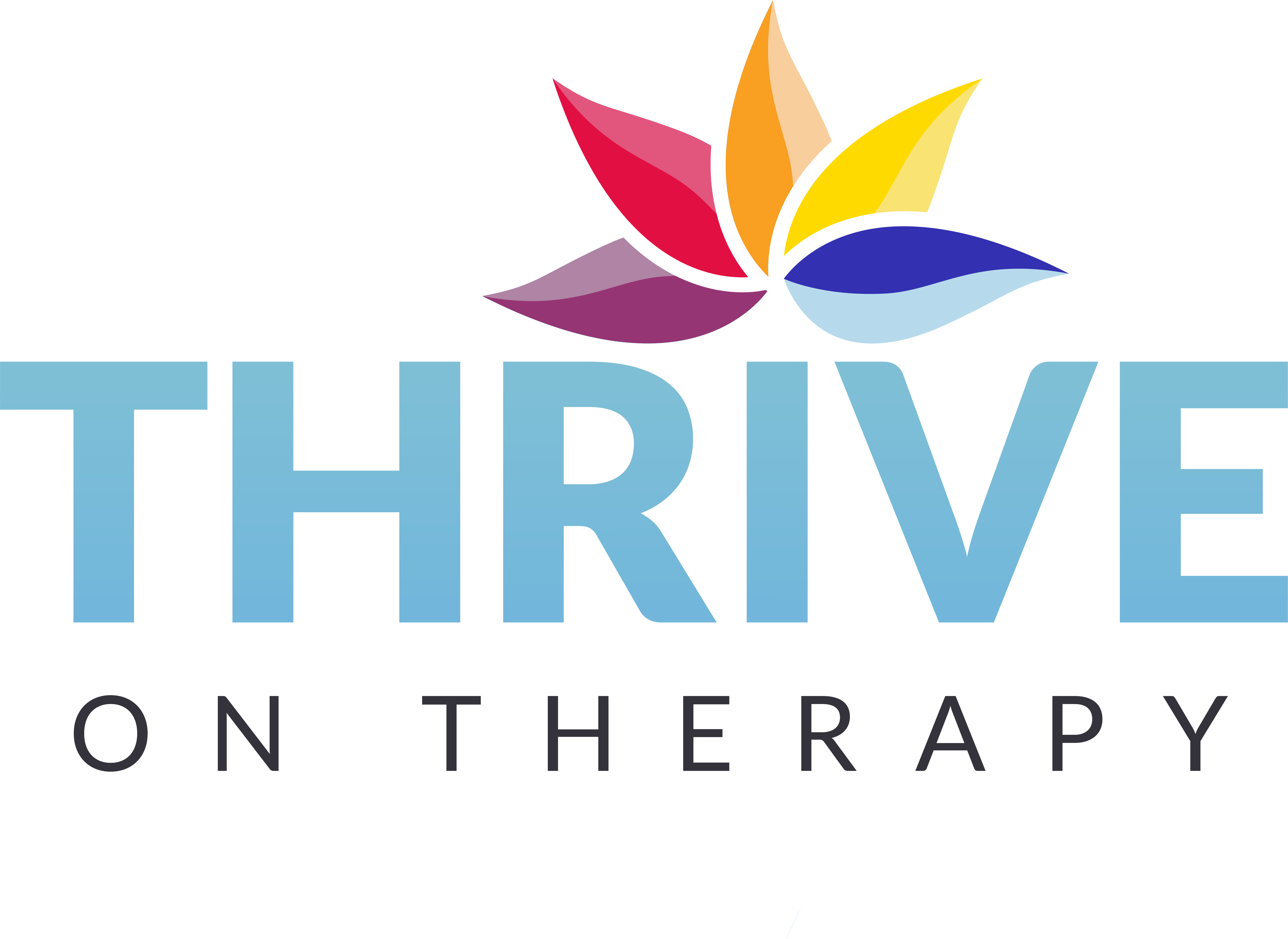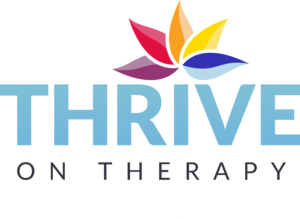
Occupational Therapy
Occupational Therapy assists and enables people to get involved in activities that are important to them. These tasks may include activities to take care of themselves and others such as dressing and bathing, participating in social events, their interests and hobbies, volunteering in charities and businesses of interest to them, working and more.
Exercises: Various exercises improve physical abilities and functional skills, such as strength-building exercises to help participants develop strength after an injury or health condition, or balance and coordination exercises to help participants improve their mobility.
Activities: Everyday activities including cooking and gardening help participants improve physical abilities, cognitive skills, and social skills.
Adaptive equipment: Enabling participants to carry out daily activities by identifying the best equipment for their needs and helping them learn how to use it effectively. Examples include wheelchairs, walkers, and specialised utensils.
Assistive technology: Devices that help patients communicate, such as speech recognition software or text-to-speech software, or devices that help patients with mobility, such as prosthetic limbs or mobility scooters.
Environmental modifications: Modifications to a participant’s environment to make daily activities easier and safer. This may include installing grab bars in the bathroom, modifying furniture to make it more accessible, or rearranging the home to make it easier to navigate.

